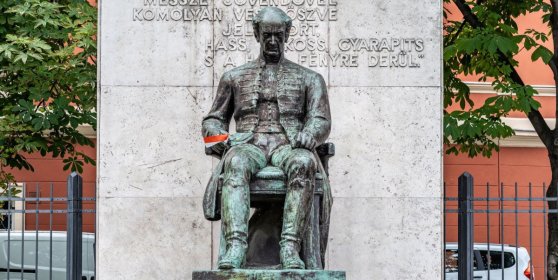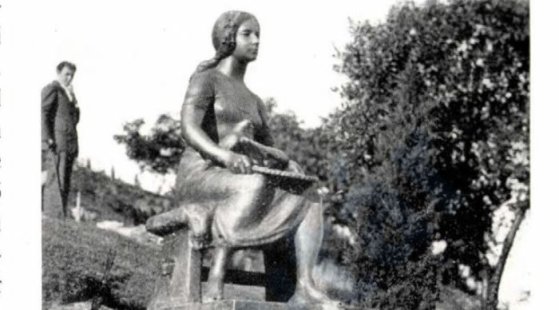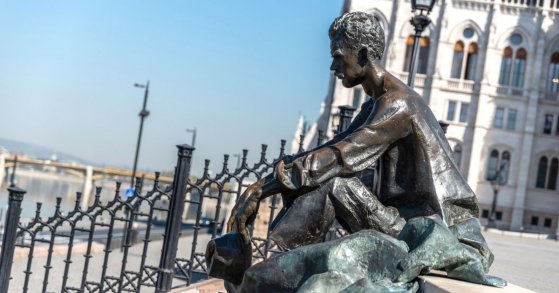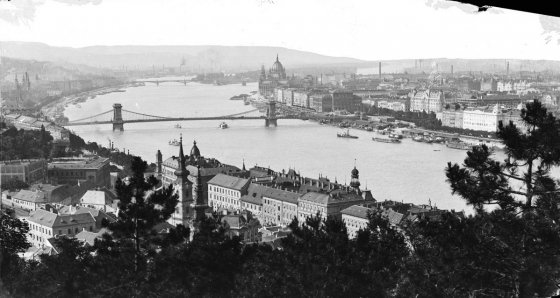 The „intertwined history” of the bridges and the city of Budapest
Which ideas and events have shaped the fate of bridges of Budapest and the cityscape? Alongside many other interesting facts, this question is also answered this newly published book by the Budapest City Archives, which introduces the history of bridges in Budapest.
The „intertwined history” of the bridges and the city of Budapest
Which ideas and events have shaped the fate of bridges of Budapest and the cityscape? Alongside many other interesting facts, this question is also answered this newly published book by the Budapest City Archives, which introduces the history of bridges in Budapest.
Ede Kallós
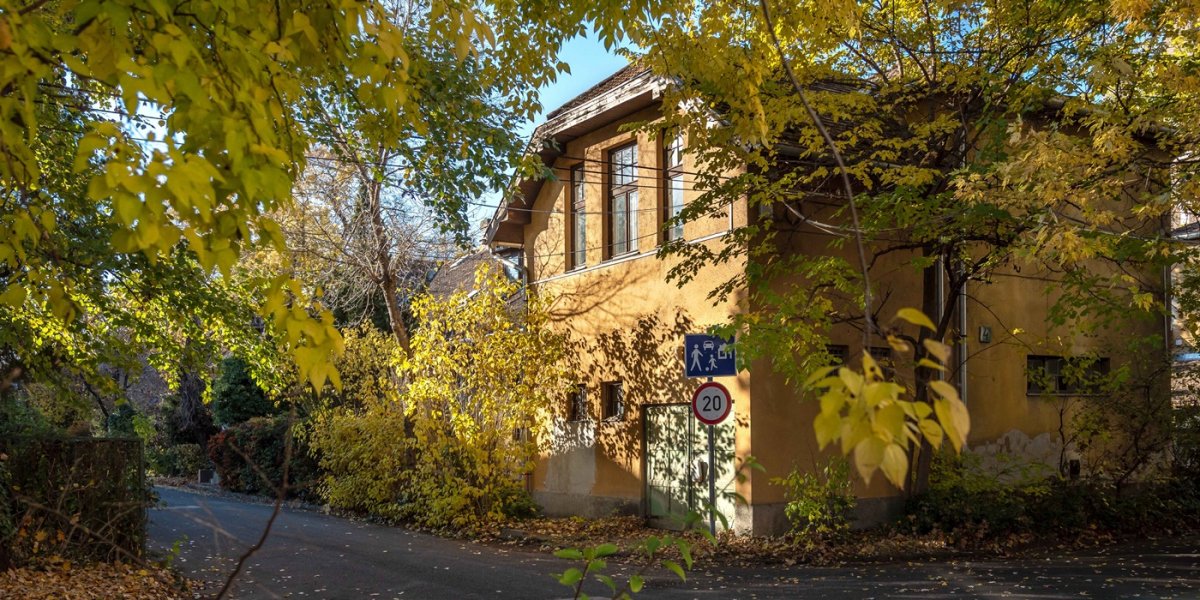 The artists' colony on Százados Road was built on the outskirts of the city 110 years ago, today it is an integral part of Józsefváros
The artists' colony on Százados Road was built on the outskirts of the city 110 years ago, today it is an integral part of Józsefváros
November 15, 2021 at 1:00 PM
A special and closed world bordered by a fence where artists live and create. That's how it has been for110 years. With the support of Mayor István Bárczy, the country's first artists' colony was built on Százados Road in 1911 from the budget of the capital, with fifteen one-storey houses and 28 studios. From the beginning, renowned artists created here, including Ferenc Medgyessy, Zsigmond Kisfaludi Strobl, Bertalan Pór, Dezső Czigány. The area, which was still a suburb at the time of its handover, is now an integral part of Józsefváros.
In the footsteps of Kölcsey – The poet who wrote the national anthem of Hungary was born 230 years ago
August 8, 2020 at 4:00 PM
Ferenc Kölcsey, born 230 years ago, was one of the greatest figures of Hungarian literature and public life in the Reform Period. His poem, Himnusz ('hymn'), which became the Hungarian national anthem, elevated him among the immortals of Hungarian culture. Despite this, his memory was not marked in Budapest by any public statue or plaque for a long time. Pestbuda examines the current memorial to the great poet in Budapest.
Lost to the World War – In the footsteps of a missing Cinderella statue
July 20, 2020 at 2:00 PM
In the playground on Gellért Hill, children would once quench their thirst at a fountain that depicted Cinderella. So in the 1920s, Budapest decided to order several fountains and statues depicting famous characters from stories. The goal was to ensure that the fountains would not only quench children's thirst but support their aesthetic sense.
Poetry Day Walk - Statues of the greatest Hungarian poets in Budapest
April 11, 2020 at 10:00 PM
On this year's National Poetry Day, 11 April - the birthday of Attila József - the public, community poem readings, which have already become a tradition, were cancelled, and we could not even visit the statues of the greatest Hungarian poets to show our respect and gratitude. Thus, Pestbuda offers only a virtual walk between the works depicting our national greats in Budapest.
More articles
 The „intertwined history” of the bridges and the city of Budapest
Which ideas and events have shaped the fate of bridges of Budapest and the cityscape? Alongside many other interesting facts, this question is also answered this newly published book by the Budapest City Archives, which introduces the history of bridges in Budapest.
The „intertwined history” of the bridges and the city of Budapest
Which ideas and events have shaped the fate of bridges of Budapest and the cityscape? Alongside many other interesting facts, this question is also answered this newly published book by the Budapest City Archives, which introduces the history of bridges in Budapest.
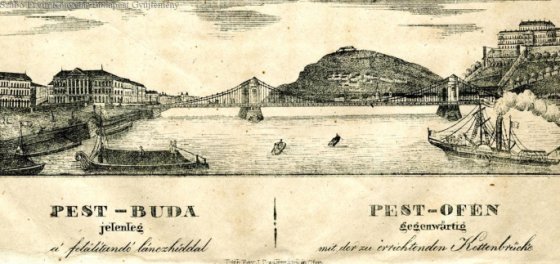 The Bridge Report, which brought a turning point in the history of Budapest
A travel report that changed the history of Pest and Buda, as well as Hungary. The little book contributed to the change of half a thousand years of legal customs and the implementation of an investment of unprecedented size and technical quality. This book was The Bridge Report [Hídjelentés in Hungarian].
The Bridge Report, which brought a turning point in the history of Budapest
A travel report that changed the history of Pest and Buda, as well as Hungary. The little book contributed to the change of half a thousand years of legal customs and the implementation of an investment of unprecedented size and technical quality. This book was The Bridge Report [Hídjelentés in Hungarian].
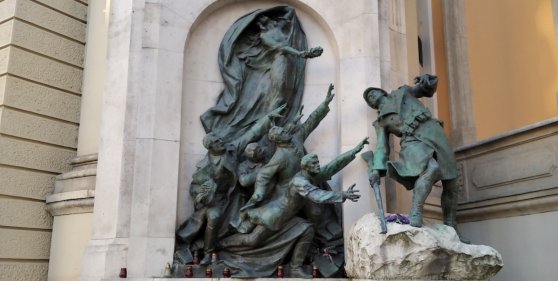 Drama on the university wall - The heroic monument was planned 95 years ago
In the constant hustle and bustle of the Egyetem Square in Pest, the students may not even notice the monument that decorates the short section of wall between the church and the central building of ELTE. However, it commemorates their predecessors, the heroes who fought for their country in World War I, and those who heroically helped them. The first design of the dramatically collapsing soldier was born in 1928, ninety-five years ago.
Drama on the university wall - The heroic monument was planned 95 years ago
In the constant hustle and bustle of the Egyetem Square in Pest, the students may not even notice the monument that decorates the short section of wall between the church and the central building of ELTE. However, it commemorates their predecessors, the heroes who fought for their country in World War I, and those who heroically helped them. The first design of the dramatically collapsing soldier was born in 1928, ninety-five years ago.

